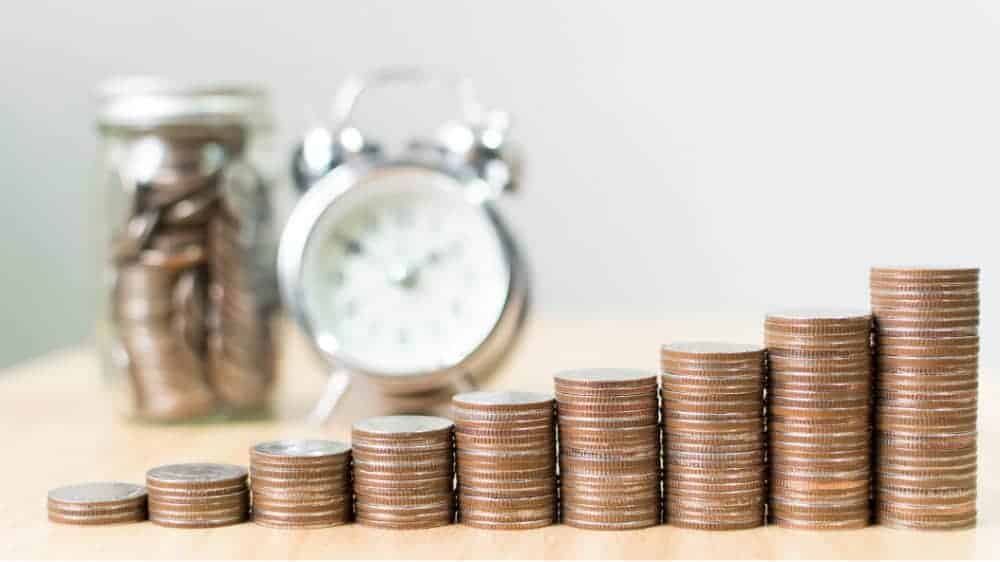One of the best parts of the Registered Retirement Savings Plan (RRSP) is that each dollar you put in comes off your income tax each year. Canadians can turn this into thousands in returns by investing it properly. So, today we’re going to go over exactly what this program is, and how Motley Fool investors can invest and create thousands of extra dollars each year.
Lowering your taxes
Each year, the Canada Revenue Agency (CRA) will send out a Notice of Assessment (NOA) to Canadians. The last line of the NOA includes your RRSP deduction limit. This limit is how much you can put into your RRSP that year based on your earnings from the last year.
That number is super important, because it’s also how much you could take off of your income tax return during the next year. So, let’s say your RRSP deduction limit is $18,000 and you made $100,000. That means if you reach that contribution limit and put it on your income tax, the CRA will only tax you for $82,000 that year!
The benefits
There are enormous benefits from lowering your income taxes. The first is that you could enter a new tax bracket all together! There are lots of calculators out there that can help you figure out how much you would need to contribute at minimum to lower your income taxes to the next tax bracket.
For example, let’s say you didn’t contribute to your RRSP, and you live in Ontario. Your taxes owed to the government would likely fall to $23,028 if you hadn’t paid any taxes that year. However, if you were to reach that $18,000 limit, your taxes fall to just $16,868 as of 2021! That’s savings of $6,160!
Use it wisely
Now, you’ve already saved $6,160, but you can put it to work by investing in long-term investments within your RRSP. If you’re young, the best options are those with solid long-term performance that offer dividends that can be reinvested. You want a fair amount of growth, because you have time to make it back should there be a recession or something.
A great option I would consider is BMO Equal Weight Banks Index ETF (TSX:ZEB). This gives you access to all the Big Six banks and their dividends. Canadian banks have also been well known for coming back to pre-fall highs after recessions thanks to provisions for loan losses. You can see that happening right now, in fact.
Looking at historical performance, shares of ZEB have increased 75% since coming on the market in April of 2014. That’s a compound annual growth rate (CAGR) of 8.4% as of writing! Let’s say you’re 30 and you end up with savings around $6,000 each year that you can invest. Over the next 20 years, you could turn a $6,000 portfolio into $440,111 with dividends reinvested!
Bottom line
Your RRSP is a great way to lower your taxes in the short run but also to create huge cash flow in the long term. And this just shows what you could create by investing only $6,000. By meeting your deduction limit each year, you can create massive savings, fall to a new tax bracket, and invest those savings to create a retirement portfolio in the millions.










